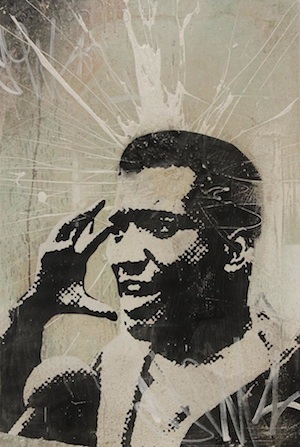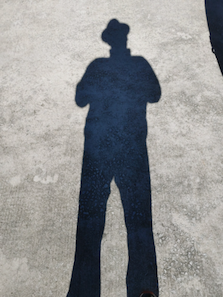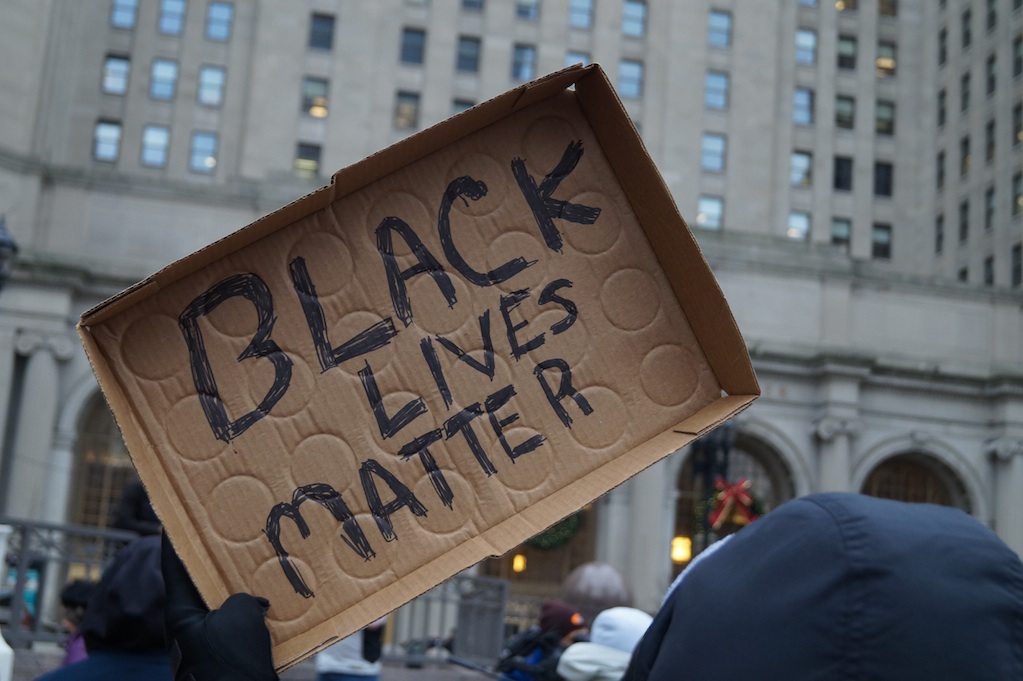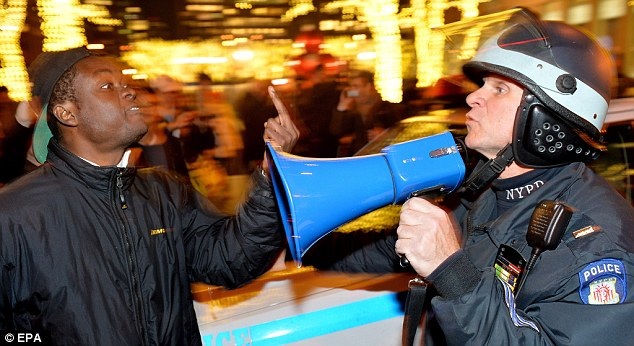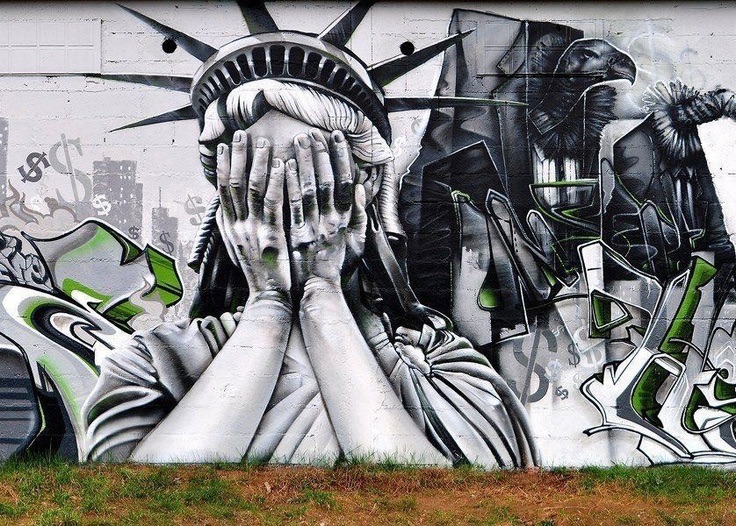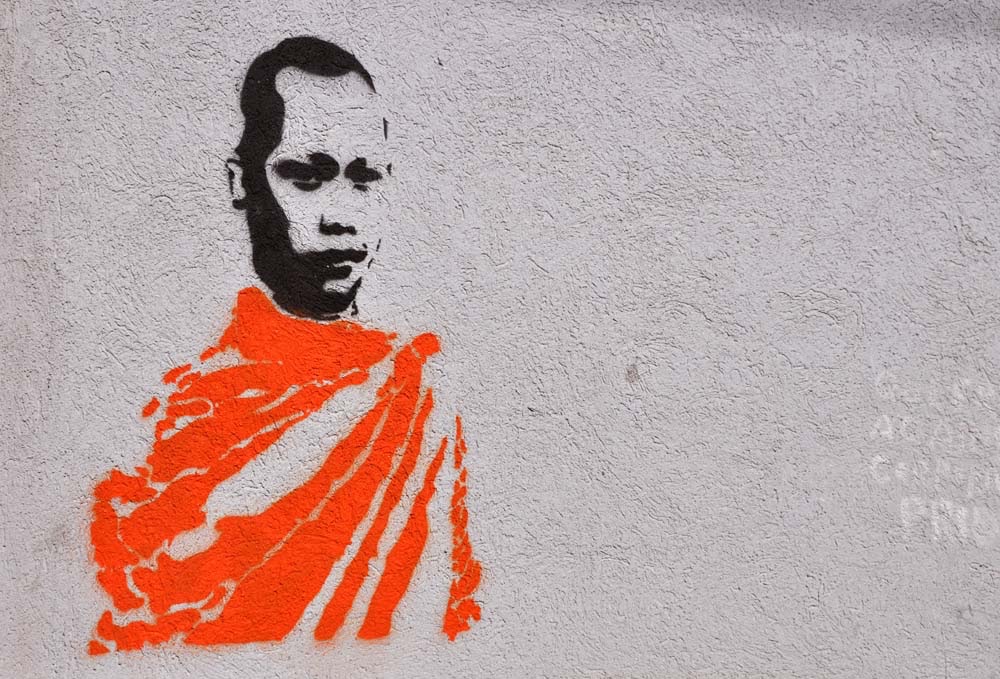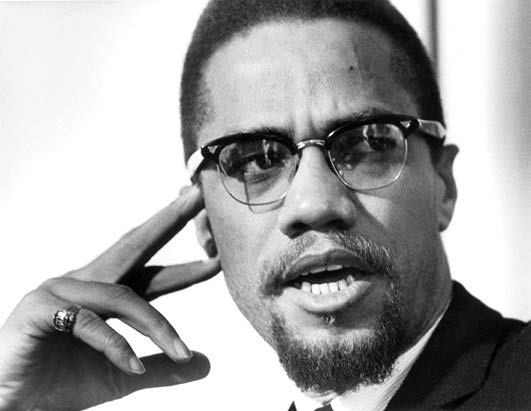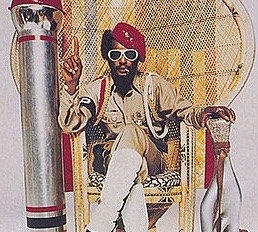'Never Expect Justice in White Liberal's Court:' Jury Acquits in Herman Whitefield Case. 4 Indy Cops Piled On Top of Black Man who Hadn't Committed a Crime, Killed While Being Forced to Do Mental Eval
/From [HERE] A jury has found two IMPD officers charged in the death of Herman Whitfield III not guilty on all charges. The jury deliberated for two hours.
Mr. Whitfield was a 39-year-old African American accomplished concert pianist who never had a criminal record and did not have any weapons.
The two officers, Adam Ahmad and Steven Sanchez, were indicted on charges of reckless homicide, involuntary manslaughter and battery by a grand jury in Whitfield's death in April 2022. The defense claimed Herman Whitfield III’s death was not caused by the IMPD’s use of tasers, prone restraint, or delayed and uninvited “medical” response. Instead, the defense blamed traces of THC in his system and pre-existing health conditions. One witness, Dr. Bill Smock, starkly referred to Whitfield as a “ticking time bomb” destined to die at “any moment.”
Smock, a police surgeon for the Louisville Police Department, took the stand to challenge the coroner’s findings. The coroner’s autopsy report, published shortly after Whitfield’s death, concluded that “as his death occurred during a physical prone restraint, and this restraint played a role in his death, the manner of death is listed as homicide.” Smock dismissed this expert opinion, aligning instead with the defense’s narrative that external factors, not police actions, were responsible for Whitfield’s death.
Smock referenced case studies of THC-related cardiac arrests involving individuals with other substances in their systems despite these cases differing significantly from Whitfield’s circumstances. He and the defense argued that THC, coupled with Whitfield’s physical health and undiagnosed early heart disease, accelerated his death. The defense further attempted to deflect responsibility, suggesting that Whitfield’s mental state stemmed from his parents and reiterating claims that he did not die from positional asphyxiation but from his struggle with the officers. At one point, the defense astonishingly questioned police accountability, with their attorney asking, “With the thousands of folks cuffed and left in prone positions on the floor in routine arrests, we’re supposed to check every one constantly to see if they’re alive and responsive?”
The defense argued that Whitfield is the guilty one responsible for his own death instead of the cop’s brutal assault and negligence. Whitfield’s parents called 911, clearly requesting an ambulance to their home on April 25, 2022; instead, the cops appeared, escalated the situation, and then caused his death.
The indictment by a grand jury in Marion County, Ind., came nearly a year after Mr. Whitfield’s death on April 25, 2022, and after months of calls from his family for the police to release complete, unedited body camera footage, which they eventually did. Mr. Whitfield’s death followed a series of episodes in which Black men were killed in police custody — encounters that have prompted national protests. Several cops were involved but only two were charged.
The officers arrived at the Whitfield home early on April 25, 2022, after his mother, Gladys Whitfield, called 911 and requested urgent medical care, saying that he was having a mental health crisis.
When officers arrived at their home, police body camera footage showed, Mr. Whitfield’s parents met them at the door. For most of the 22 minutes captured on video, Mr. Whitfield did not engage with police officers as he walked around the home. The officers and his mother asked Mr. Whitfield, who was naked, to put some clothes on because an ambulance was coming for him.
Indianapolis police officers Steven Sanchez, Adam Ahmad, Matthew Virt, Dominique Clark, Jordan Bull, and Nicholas Mathew responded to the call. When the Officers arrived Mrs. Whitfield answered the door. One of the officers asked Mrs. Whitfield “everybody alright?” to which Mrs. Whitfield responded “yeah.” Mr. Whitfield’s father asked the officers “where’s the ambulance?” to which there was no reply. The officers came into the house and spoke to Mr. Whitfield, but he was undergoing a mental health crisis and could not cogently respond to their questions.
At one point Mr. Whitfield was sitting naked on his bed. Officers asked him to put clothes on so he could go outside and be transported to the hospital. Mr. Whitfield did not appear to understand the officers’ instructions. After about ten minutes, Mr. Whitfield got up from sitting on his bed and walked into the adjoining hallway, then into the adjoining kitchen, then turned the corner and entered the adjoining dining room. Mr. Whitfield was unarmed, which the officers could plainly see. He does not respond to the police and his mother as they speak to him. A few minutes later, Mr. Whitfield is seen running, causing a commotion and calling for water.
“Keep that Taser out,” an officer is heard saying in the video.Several officers followed Mr. Whitfield into the kitchen and into the dining room.
Officer Sanchez was waiting in the dining room with his taser pointed at the doorway and when Mr. Whitfield came into that room Officer Sanchez shot him with his taser, deploying it at least twice. Mr. Whitfield collapsed to the dining room floor yelling “fire,” fire,” responding to the 50,000 volts of electricity pulsing through his body.
Mr. Whitfield had done nothing justifying Officer Sanchez shooting him with a taser in his own home. He had not threatened the officers verbally or physically, and because of his mental health crisis, was simply not responding to their demands that he get dressed and leave.
When Mr. Whitfield fell to the floor, he writhed in pain from the taser. Four or five of the officers got on top of Mr. Whitfield. At no time did Mr. Whitfield hit or kick or threaten any of the officers. The officers quickly handcuffed Mr. Whitfield who was lying on his stomach with his hands cuffed behind his back.
The officers’ body cam videos clearly reveal Mr. Whitfield gasping for breath and telling the officers at least three times: “I can’t breathe.” The officers ignored Mr. Whitfield’s desperate pleas for help.
“Oh my God,” Mr. Whitfield is heard yelling. “I’m dying. I’m dying.” The police then handcuff Mr. Whitfield, face down.
“Can’t breathe,” Mr. Whitfield is heard yelling, moving his body as officers try to restrain him.
“Tres, be calm,” Mr. Whitfield’s father is heard saying in the background, calling Mr. Whitfield by a nickname. “Calm down, Tres. It’s Daddy.”
The officers’ body cam videos show that shortly after Mr. Whitfield cried, “I can’t breathe,” the third time, he did not move or breath at all, yet the officers continued to put weight on him for three to four minutes before medics arrived.
For over 25 years, the policing community has agreed that officers should not keep a restrained individual in the prone position because of the significant risk of positional asphyxia, i.e., suffocation because of body position. [MORE]
After a few moments, Mr. Whitfield gradually stops moving, and his yells fade to whimpers.
“Those are going to be way too tight,” an officer is heard saying about the handcuffs on Mr. Whitfield. “We’ll deal with that in a minute.”
As the police continue to restrain Mr. Whitfield, face down in handcuffs, he eventually stops moving or speaking.

























